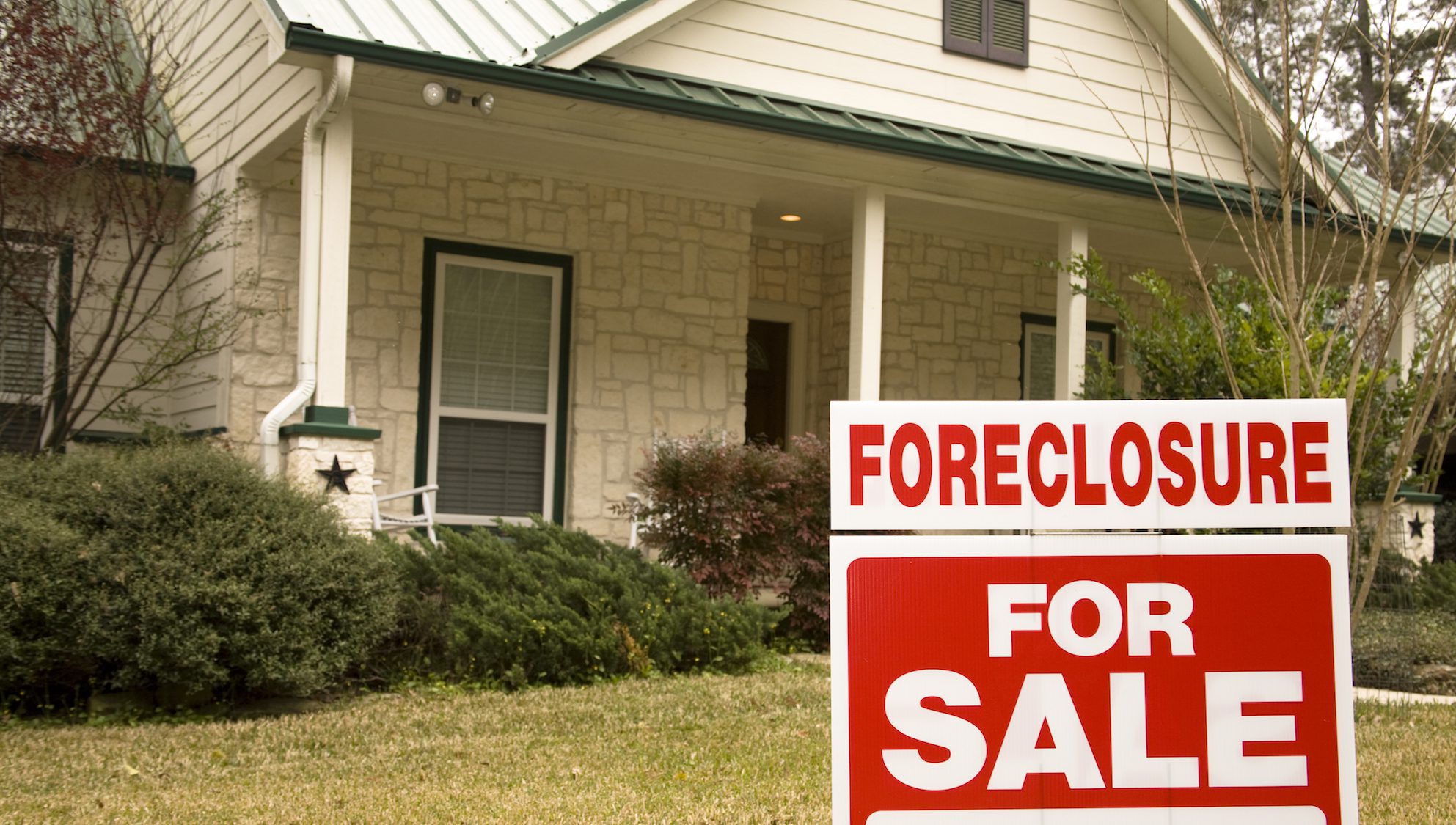September 28, 2020
The incomes and overall wealth of lower-income families were growing strongly before the pandemic hit. The American spirit of entrepreneurship is strong, even as small businesses struggle. And mortgage forbearance rates continue to steadily decline.
From 2016-2019, lower-income households experienced disproportionately strong gains in income and wealth gains
- Median family income rose 5% from 2016 to 2019, according to the Federal Reserve's 2019 Survey of Consumer Finances.
- Median family net worth grew 18% in those three years, according to the report, but average family net worth rose just 2% — suggesting overall gains were driven by lower-income families.
New business applications are up, even as small businesses continue to suffer
- 3.2 million new business applications have been filed so far this year, according to the U.S. Census Bureau, 500,000 more than this time last year.
- 1.1 million of those are companies likely to be employers.
Mortgage forbearance participation continues fall
- 3.6 million loans were receiving payment relief as of September 20, according to Black Knight, down 24% from highs earlier in the spring.
- Elevated levels of private loans do offer some cause for concern.
So what?
Home price appreciation, a strong stock market and a high savings rate all helped propel median family income up 5% and median family wealth up 18% from 2016 to 2019, according to The Federal Reserve's 2019 Survey of Consumer Finances. On a percentage basis, the income and wealth gains in that period were felt most prominently by lower-income families, a sign that a broadly rising economic tide was truly helping lift all boats. That said, the report – released every three years and viewed as the benchmark measure of household financial well-being – made clear that income inequality persists and remains a significant challenge. The top 1% of households in the U.S. owned about 40% of the nation's wealth, while families in the bottom half of the wealth distribution owned just 2%. And the report offered some warning signs for an emerging economic recovery that is still in its infancy. The wealth and income improvements experienced by lower-income families – many of whom have since likely been harder-hit by the pandemic – took far too long to realize, unfolding over the course of about a decade after the end of the last recession. As this most-recent recovery slowly gains steam, a similar timetable for broad-based gains for so many people would be disastrous and would almost certainly exacerbate income inequality. Avoiding this trend is a key reason why the Federal Reserve adjusted its policy framework this summer to allow inflation to run above its 2% target before hiking rates, theoretically allowing for more hiring and stronger wage growth earlier in the recovery than before.
The economic downturn has been devastating for the nation's small businesses, but the spirit of American entrepreneurship is nevertheless alive and well. Some 3.2 million new business applications have been filed so far this year according to the U.S. Census Bureau, up 500,000 from the same period in 2019. And roughly a third of those applications (1.1 million) of those applications say they plan to employ people, up 12% from this point in 2019 and the highest level since 2007. The optimism is notable, but the data show that the small business sector is struggling mightily. As of mid-September, revenue at small businesses was down 21% from January levels, and the rate of recovery has stalled in recent months. Business closures increased by 23% from mid-July to late-August, according to a recent report from Yelp — closures which may have partly stoked the uptick in applications, as laid off employees decided to strike out on their own. The increased activity may also suggest that some entrepreneurs are seeing consumer preferences and tendencies changing due to the pandemic in ways that they can take better advantage of than with older business models. No matter the reason, rising new business applications are a good sign for the economy, now and going forward. New businesses are crucial for job creation – according to the Census Bureau, firms with fewer than 500 workers accounted for more than half of all private sector employment as of 2017.
Since peaking in late-May, participation in mortgage forbearance programs has steadily declined, defying many expectations for an increase following the expiration of enhanced jobless benefits. According to Black Knight, 3.6 million loans were in forbearance as of September 22, 1.17 million (24%) fewer than four months ago, echoing a similar recent report from the Mortgage Bankers Association. But while the reduction in share of loans receiving relief is a good sign for the market, some challenges persist. Forbearance requests from holders of FHA or VA loans have risen recently, along with the share of privately held loans receiving support. Elevated levels of private-label loans in forbearance are especially concerning, since repayment conditions for these loans are much less clear than they are on loans serviced by government entities. Still, the fact that forbearance rates haven't skyrocketed in recent months, as some had predicted, should be interpreted as a good sign for the economy.
Click here to read past editions of Zillow’s Market Pulse updates.
The post Zillow Market Pulse: September 28, 2020 appeared first on Zillow Research.
via Zillow Market Pulse: September 28, 2020






